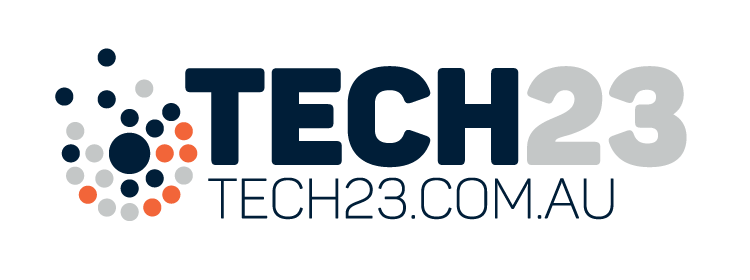By Mara Bun
Chair, Australian Impact Investments, President and Chair, Australian Conservation Fund, director, Australian Ethical Investment
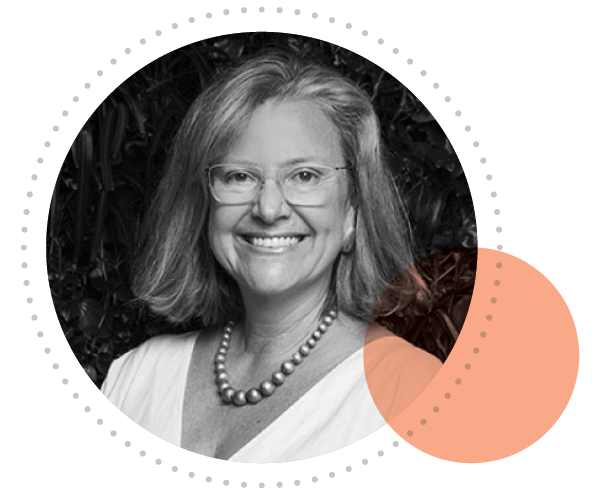
This article is an excerpt from the Tech23 2021 booklet Towards a Better Tomorrow.
We need integrated business model innovation, and Founders to kick the energy transition into gear.
Black Summer fires taught us so much. We learned who we are as a nation, we learned about our precious nature at risk, and we understood the horror of what unchecked climate change looks like. I live in the hinterland of the Gold Coast in a place called Tallebudgera Valley, which sits below Springbrook and Lamington National Parks. It’s Gondwanaland, a global biodiversity jewel. We have clusters of trees that have been here for over 2000 years. I woke up one morning to a red sky and burning rainforest. That sounded the alarm for a bushfire hell that unfolded across Australia, my beloved California, in Greece, Spain, Siberia and the Amazon. We are literally watching our house burn down.
One really interesting lesson around community resilience is that we realise we cannot rely on just a central energy grid. Without energy, it is very difficult for communities to make it through acute natural disasters. We must find practical models to capitalise and implement micro neighbourhood grids nestled around community batteries, models where small businesses and neighbours can come together to break through regulatory barriers, raising capital through networks and crowdfunding – it can be done in such creative ways.
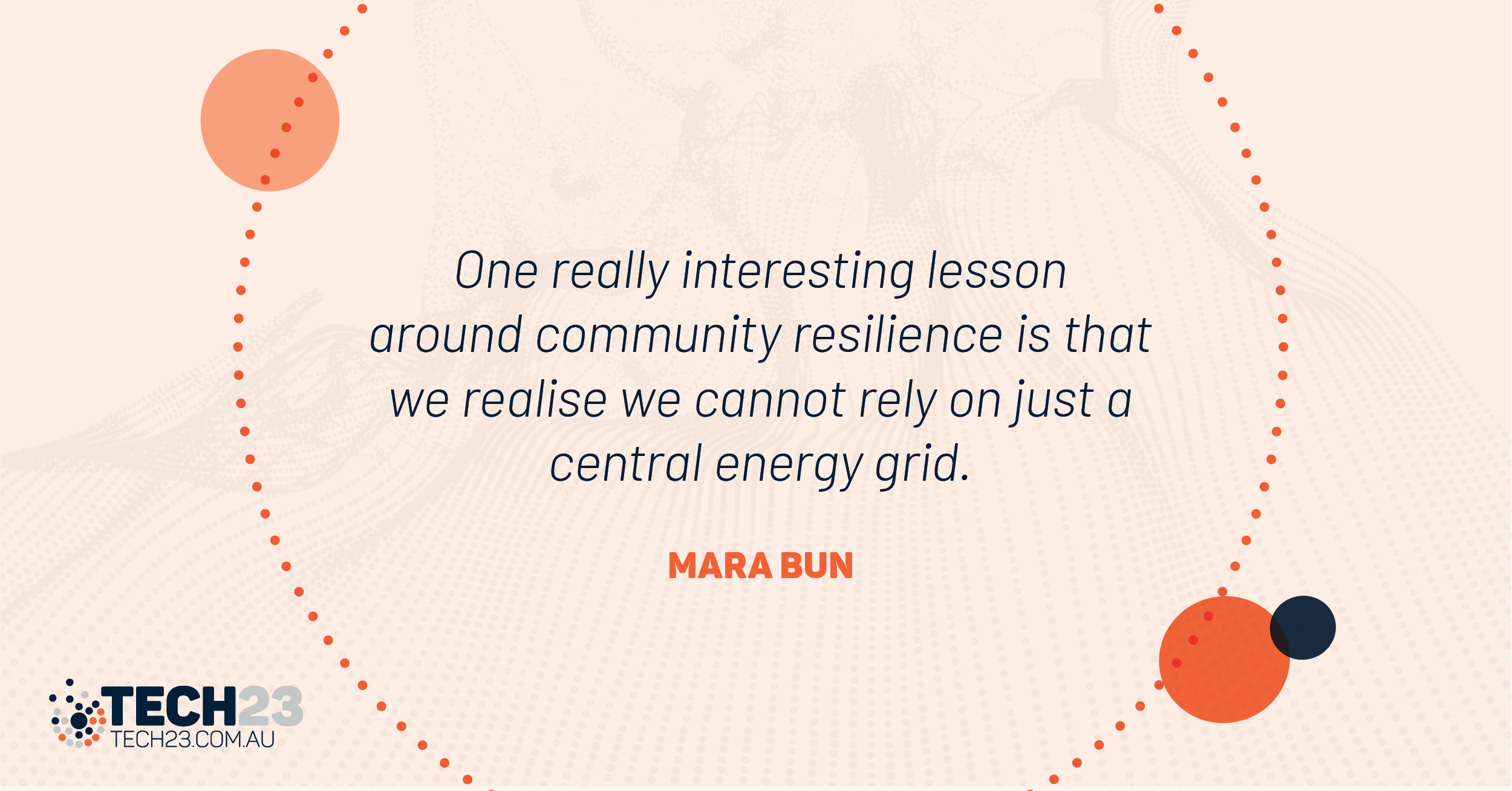
It has been the Australian states that drove down the price of solar PV at exponential pace, as global manufacturers benefited from the fast learning curve catalysed by feed-in tariffs here and around the world. Our states can play a really important role in driving down the costs of batteries in the same way. As deployment grows, batteries will become economically viable.
We are so close to optimising for distributed energy solutions. Several Australian startups are harnessing micro wind technologies. In my corner of the Gold Coast, around 30 families live in a valley nestled around a hinterland escarpment. We could all benefit from having three or four small scale wind generation sites that can integrate with our existing rooftop sola . We know exactly where to put them. A community battery could leverage the local generation mix and enable energy market trading back into the centralised grid. We need to find viable ways to integrate Energex into that community centred business model.
If the shit goes down, and it will, we can lock in and keep ourselves going and create a refuge for those neighbourhoods around us that can’t. We will not need to rely on diesel generators to pump water when the central grid goes down.
On one level, it’s creating resilience to natural disasters, by creating a decentralised, distributed, democratised energy system that complements and feeds into the national grid – it doesn’t compete against it, it makes the grid more adaptable and more flexible. The other marvellous thing that happens when you come together like this, is you get to know your neighbours. Eight years working in climate resilience taught me one critical lesson: when hell comes your way, you have to be ready to stand strong, with no one but your neighbours. Sometimes you may remain cut off for over a week.
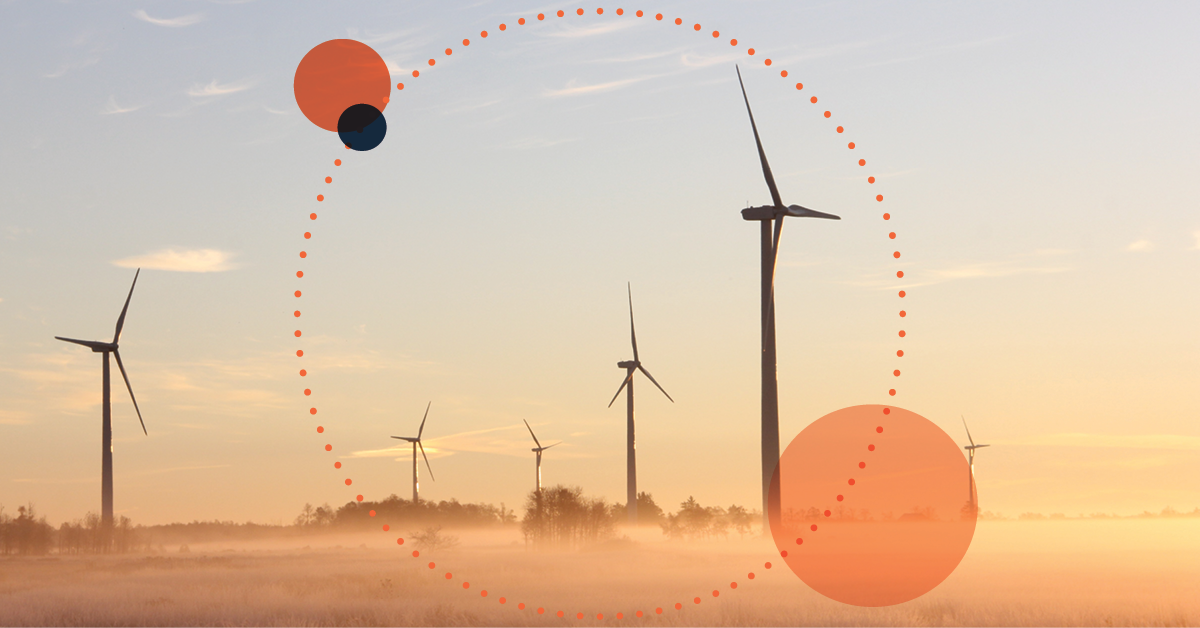
Local energy models are the new renewable innovation frontier.
These new models will connect local businesses to their communities. They too can be investors in neighbourhood-scale resilience.
IRENA, the International Renewable Energy Agency, did a report on community ownership in 2020. Australian technology use cases include new trading arrangements, peer-to-peer energy, community-led projects, how we work with retailers, allowing the regulatory capacity connection to evolve, and enabling energy auctions to have participants from the community.
One of the most exciting things I’ve been a part of recently is in the Northern Rivers region where a group of people came together and built the business case for Australia’s first community-owned energy retailer, Enova Community Energy. Enova now has close to 11,000 customers reaching across NSW and SE Queensland who are passionate about creating the distributed energy future together. It’s a genuine social enterprise – 50% of profits go back to a foundation for community-benefit projects.
Enova is an inspiration for a million enterprises to blossom on the back of technology and social connectivity. When we look back 30 years from now, we may find that Australia’s energy model has shifted from a carbon intensive centralised system into one that includes a significant proportion of local distributed models that pay community dividends and innovate continuously. It’s also a future about distributed jobs.
Let’s be intentional about how we innovate in the face of escalating climate risks. Decentralised, distributed renewable energy models will integrate tech, regulatory reform and impact capital into scalable innovation systems. I think we are on the cusp of seeing that happen. That’s in the spirit of Tech23 – pulling together the coolest universe of innovators, capital players and everything else!
Read the perspectives of innovators in our midst
This article is an excerpt from the Tech23 2021 booklet Towards a Better tomorrow.
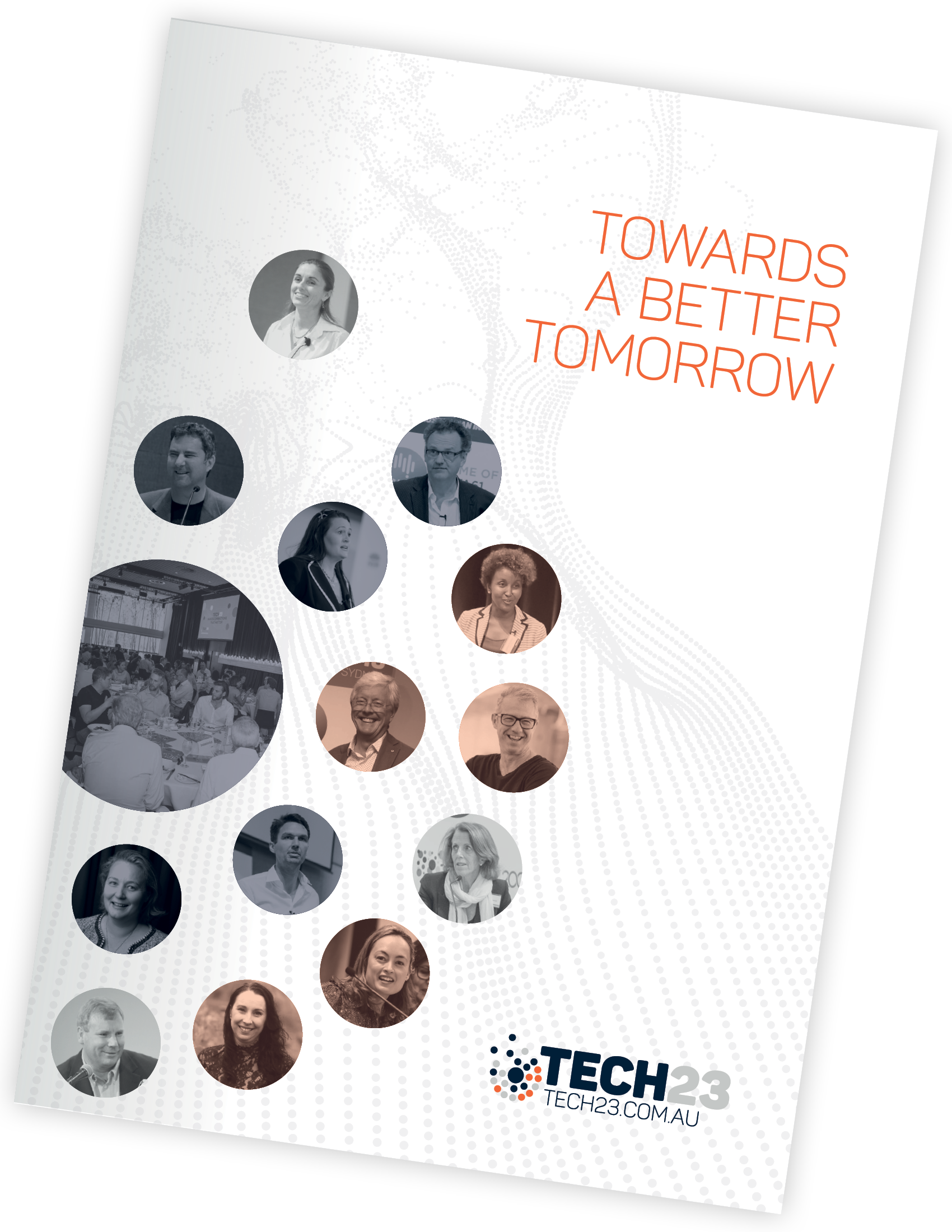
Read more…
Top of the class: Tech23 founders excel in EdTech
For ten years, Tech23 has been supporting the growth of scores of deep tech companies, many of which are excelling in the EdTech sphere. Below, catch up on just a few of their latest developments. Dror Ben-Naim (Tech23 2012) has gone from strength to strength at...
What Tech23 has taught us about the Aussie tech founder
For the past ten years, Tech23 has been a national showcase of the best of homegrown deep tech. Each year, Tech23 introduces a fresh cohort of 23 young tech companies from all corners of Australia and connects them with the right people in the startup ecosystem....
23 startups to watch: catch them at Tech23 2018!
With Tech23 2018 just over a month away, we are so excited to reveal the new cohort of 23 companies presenting at the event’s tenth anniversary celebration. To mark ten years of spotlighting deep tech gems from across the country, this year’s lineup includes...

